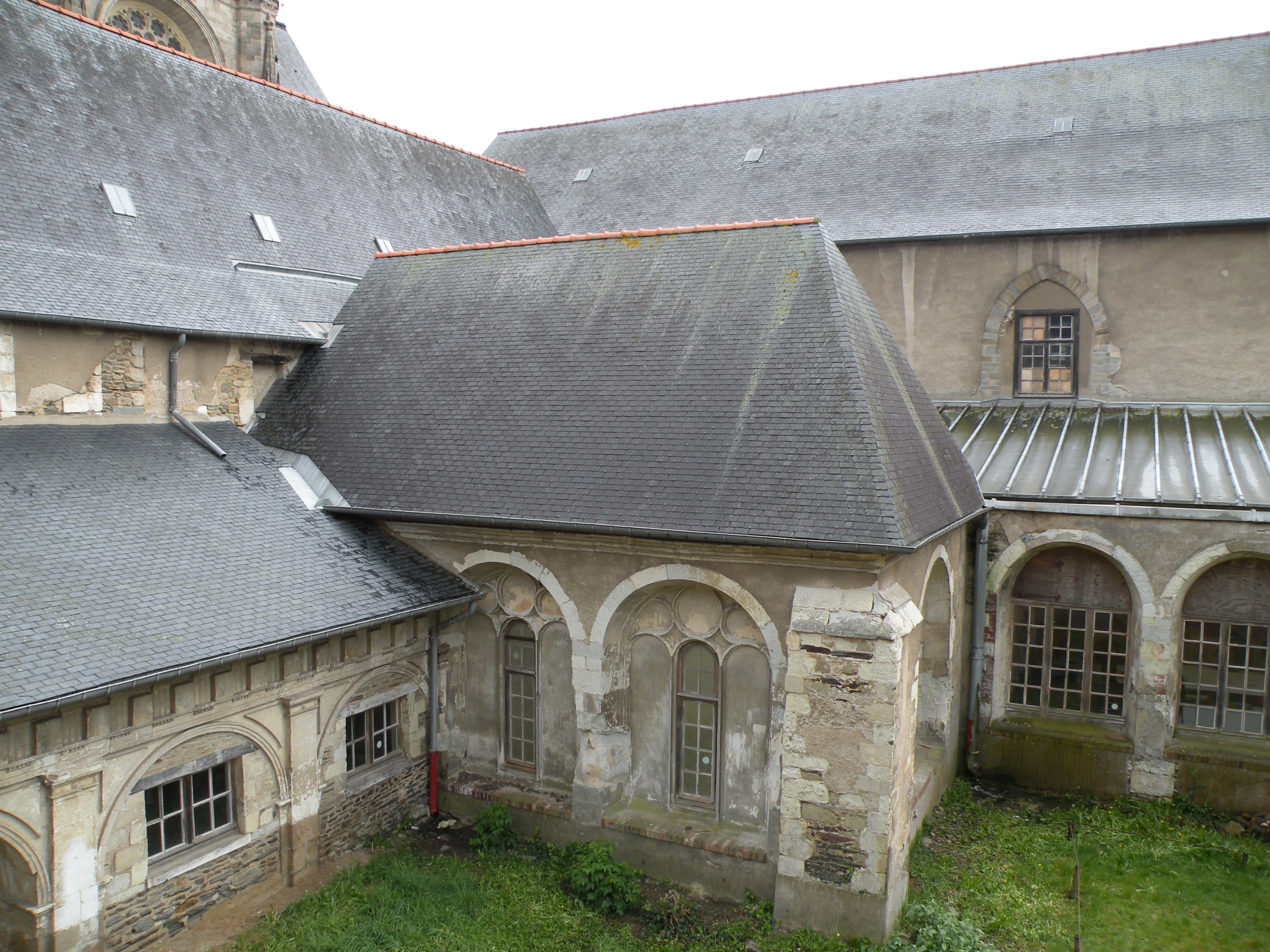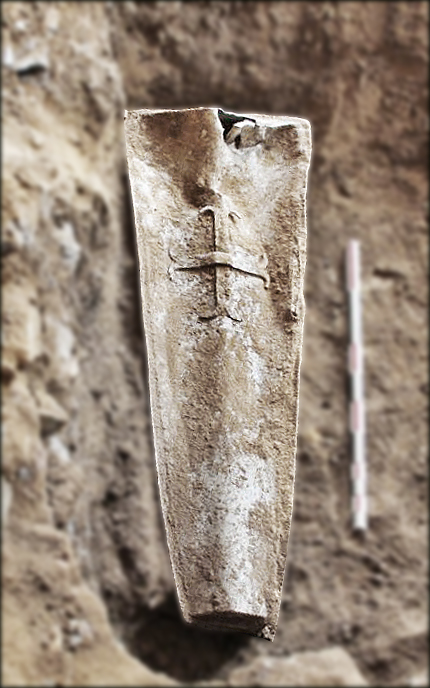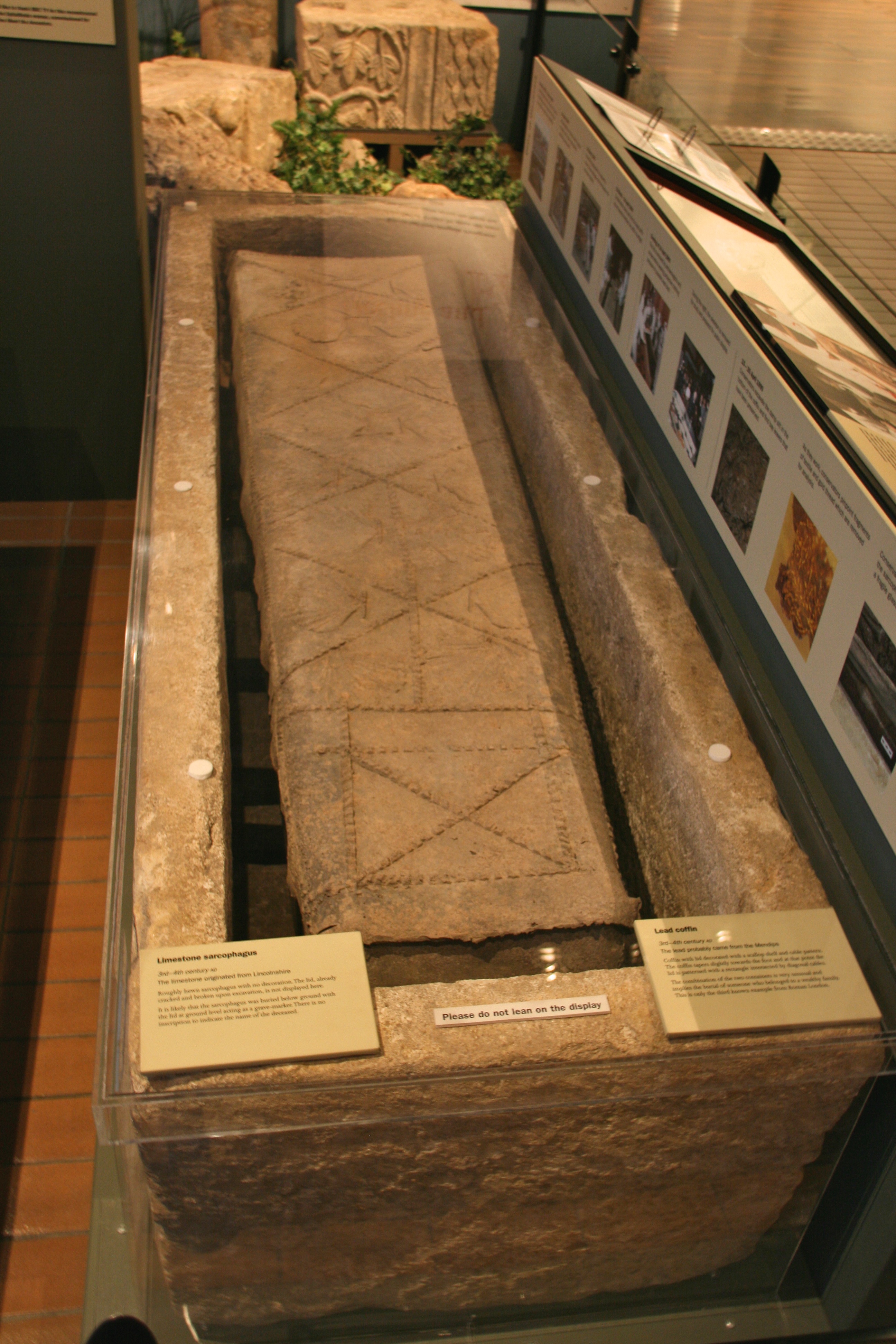
A Tale of Love, Loss and Lead
In March 2014, archeologists excavating a 14th-century convent at a site slated for redevelopment in Rennes, in the western part of France, made an unusual discovery.
The convent, built in 1369, operated as a religious center from its founding until 1793, when it fell into the hands of the French Revolutionary Army, which used the buildings as troop barracks. During its 300 years, the convent served as a burial ground for its patrons and devout noble men and women.
The archeology team unearthed several coffins at the site, but one in particular caught their attention. Inside a lead-lined coffin was well-preserved body of a woman, dressed in the religious attire of a nun. Beside her was a heart-shaped urn containing a human heart.
Lead, a naturally occurring, silvery blue, soft and malleable metal, has been used for thousands of years. Today, it’s banned from paint, gasoline and water pipes and fixtures, but still can be found in some cosmetics (check your kid’s Halloween makeup, folks).
The Environmental Protection Agency has determined that lead can cause health problems if it accumulates in a person’s body over time.
But in the past, the ancient Romans used lead to form water pipes and even the word plumbing derived from the Latin word for lead. In Denver's past, lead was commonly used in household plumbing and fixtures.
Lead or lead-lined coffins long have been a tradition among nobles and royalty.
In fact, when Princess Diana was buried, her state funeral included a lead-lined coffin that is said to have weighed 700 pounds.
So, who did the heart in the coffin belong to?
The urn’s inscription noted the heart belonged to Toussaint de Perrien, Knight of Brefeillac. Scientists concluded the woman in the coffin was his wife, Louise de Quengo, Lady of Brefeillac. According to the National Geographic’s report of the finding, the nobleman died in 1649. As was customary in pre-Revolutionary France, noble widows would join the convent after their husband’s death to live out their days in solitude.
But that doesn’t mean the Lady of Brefeillac forgot about her husband.
It seems that Louise de Quengo kept the urn containing her husband’s preserved heart while she lived at the convent and upon her death was buried with it. Her own heart was removed from her body before she was buried, and scientists believe it may rest with her husband, in an unknown burial location.
Louise de Quengo’s remains, and her husband’s heart, were found in exceptional condition for its age. This may have to do with the coffin itself, because lead resists corrosion. The heart-shaped urn that contained her lover’s heart? Also made of lead.
I suppose if you are already dead, being buried in a lead or lead-lined coffin is no big deal. But for the living, lead exposure is a very real concern.
Today, we are aware of the dangers of lead exposure, especially to children. In Denver Water's experience, homes in the utility's service area built before 1951 are likely to have lead service lines, the primary source of lead in drinking water. Prior to 1987, household copper pipes were connected with soldering made out of lead. And up until 2014, household faucets and faucet parts contained some lead.
And just to be very clear, there is no lead in the water that Denver Water delivers to homes and businesses. But it can enter the drinking water as the water passes through older customer service lines, which connect the house to Denver Water’s distribution pipes under the street, or lead plumbing inside the home.
Denver Water's Lead Reduction Program, which launched in January 2020, is the biggest public health campaign in the utility’s history.
The program reduces the risk of lead getting into drinking water by raising the pH of the water delivered and replacing the estimated 64,000 to 84,000 old, customer-owned lead service lines at no direct cost to the customer. Households enrolled in the program are communicated with regularly and provided with water pitchers and filters certified to remove lead to use for cooking, drinking and preparing infant formula until six months after their lead service line is replaced.
The program also raised the pH of the water delivered to customers to make the water less corrosive. Water with a higher pH strengthens an existing protective coating inside the service line or plumbing, which reduces the potential for lead or other metals to get into the water.
To date (October 2023), Denver Water has replaced more than 20,000 customer-owned lead service lines at no direct cost to the customers.
If you think your home could have potential lead, you can request a free test kit.



